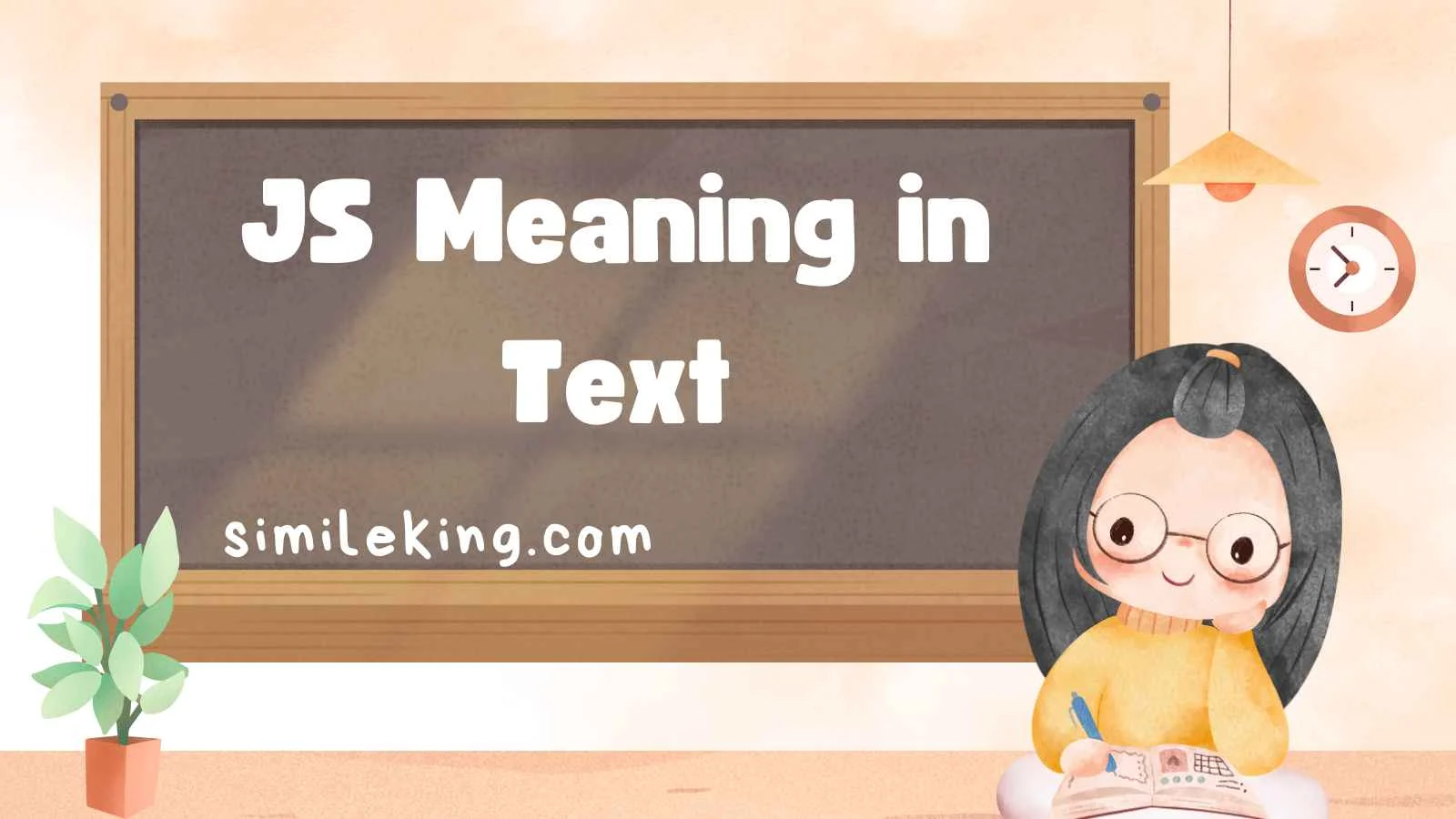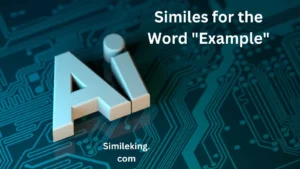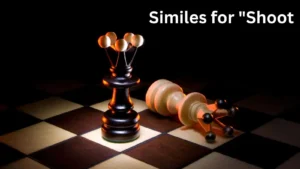In the ever-evolving world of digital communication, abbreviations and shorthand have become a natural part of texting, chatting, and even professional online discussions. One of the abbreviations that often pops up is “JS”. While some people immediately connect it with JavaScript, in the context of texting and casual conversation, “JS” takes on a very different meaning.
This article will explore what JS means in text, how it is used in different tones (polite, professional, and casual), the origins of the abbreviation, and the best alternatives you can use in 2025 to ensure your communication feels modern, respectful, and clear.
Whether you’re texting friends, emailing colleagues, or simply trying to keep up with the latest slang, this guide will give you everything you need to know about JS in text communication.
What Does “JS” Mean in Text?
At its core, JS stands for “Just Saying.”
It is widely used in casual messaging, online forums, and social media platforms to soften a statement, add emphasis, or express an opinion without sounding too harsh. Instead of writing the full phrase “just saying,” people shorten it to JS for speed and simplicity.
For example:
- “That outfit looks amazing on you, JS.”
- “If you studied a little more, your grades would skyrocket. JS.”
The abbreviation allows the speaker to present a thought while leaving room for interpretation. Sometimes it’s playful, other times it’s sarcastic—but it’s always meant to make communication more casual and conversational.
Why People Use “JS” in 2025
In today’s fast-paced online world, brevity is power. People want to type quickly, but still convey tone and intent. That’s where abbreviations like JS thrive.
Here are some modern reasons why JS is popular in 2025:
- Convenience: It’s quicker to type two letters than spell out “just saying.”
- Tone Management: It softens blunt comments or criticism.
- Relatability: Abbreviations help people feel part of a digital culture.
- Playfulness: It adds a casual, humorous edge to statements.
- Cross-Platform Use: Works in text, DMs, comments, and even emails (though sparingly).
The Nuances of “JS” in Different Contexts
Like most abbreviations, the tone of “JS” changes depending on how and where you use it. Let’s break it down into three major contexts:
1. Casual Conversations (Friends, Social Media, Texting)
- Tone: Light, funny, sometimes sarcastic.
- Example: “That pizza was way better than your favorite one, JS.”
- Why it Works: Keeps messages playful without being overly serious.
2. Professional Conversations (Emails, Workplace Chats, Networking)
- Tone: Subtle, cautious, and usually framed as feedback.
- Example: “If we adjust the timeline slightly, the project will be smoother, JS.”
- Why it Works: Allows you to make a point without sounding bossy.
⚠️ Pro Tip: In professional contexts, avoid overusing “JS.” It can appear too casual if not used sparingly.
3. Polite Conversations (Acquaintances, Respectful Exchanges)
- Tone: Gentle, non-confrontational.
- Example: “You might get better results if you try this method, JS.”
- Why it Works: Lets you share thoughts without imposing them.
Alternatives to “JS” (Just Saying) in 2025
While “JS” is widely recognized, sometimes you may want a different phrase depending on your audience. Here are 10 strong alternatives, each with examples:
- “Just my two cents”
- “You might enjoy that book more if you read the first one in the series—just my two cents.”
- “For what it’s worth”
- “FWIW, I think you handled that situation really well.”
- “No offense”
- “No offense, but that design could use some tweaking.”
- “Not to be rude, but…”
- “Not to be rude, but that restaurant wasn’t as great as people say.”
- “Friendly reminder”
- “Friendly reminder: the report is due tomorrow.”
- “If I may add”
- “If I may add, starting earlier could make the workflow smoother.”
- “Just pointing it out”
- “That’s the third typo in the document—just pointing it out.”
- “Simply put”
- “Simply put, practice will improve your results.”
- “At the risk of sounding blunt”
- “At the risk of sounding blunt, I think you could have explained that better.”
- “Hope this helps”
- “The shortcut is Ctrl + Shift + T—hope this helps.”
These alternatives work across formal and informal settings, letting you tailor your tone while avoiding over-reliance on abbreviations.
How to Choose the Right Alternative
When deciding whether to use JS or one of its alternatives, consider:
- Audience: Is it a close friend, coworker, or boss?
- Tone: Do you want to sound casual, professional, or polite?
- Clarity: Will the other person understand the abbreviation, or should you write the phrase in full?
- Intent: Are you trying to soften criticism, share advice, or make a lighthearted comment?
For example:
- With friends: “JS” is quick and playful.
- With colleagues: “For what it’s worth” feels professional.
- With acquaintances: “Just my two cents” feels polite and respectful.
10 Real-World Texting Examples of “JS”
To make things concrete, here are 10 practical texting examples of how “JS” works in different tones:
- “That movie was overrated, JS 😂”
- “You’d look great in that color, JS.”
- “If you leave earlier, you won’t hit traffic. JS.”
- “She was totally into you, JS 😉”
- “We could save money if we order in bulk, JS.”
- “Not everyone likes pineapple on pizza, JS.”
- “Your presentation was strong, but you spoke a bit fast, JS.”
- “You should post that picture—it’s amazing, JS.”
- “Adding one more source would strengthen your essay, JS.”
- “That new app feels like a copy of TikTok, JS.”
Common Misunderstandings of “JS”
It’s worth noting that “JS” can sometimes confuse people:
- Tech Confusion: Developers may assume JS means JavaScript, not “just saying.”
- Tone Misreading: If used sarcastically, it can come across as passive-aggressive.
- Cultural Gap: Not everyone (especially older audiences) may understand the shorthand.
To avoid misunderstandings, always consider your audience and context before using it.
The Future of Abbreviations Like “JS”
As digital communication continues to evolve in 2025, abbreviations will remain core to online interaction. However, clarity and adaptability are becoming more important.
Trends suggest:
- People are mixing abbreviations with emojis to clarify tone. (“That was wild, JS 😂”)
- Professional environments are slowly moving toward clear phrasing over shorthand.
- AI-driven communication tools (like predictive texting) may gradually replace shorthand with full phrases for clarity.
That means while JS will still be popular in casual spaces, expect to see more polished alternatives in formal settings.
Final Thoughts
The abbreviation JS (Just Saying) is a versatile, modern tool for digital communication. It allows you to soften opinions, share thoughts, or add humor without overexplaining. Still, like any shorthand, it works best when you’re mindful of your audience and context.
By understanding when to use JS, exploring its alternatives, and recognizing how tone shifts meaning, you’ll be able to communicate effectively in 2025 and beyond.
So the next time you want to share a thought—whether in a playful group chat or a professional Slack channel—you’ll know exactly how to phrase it.





